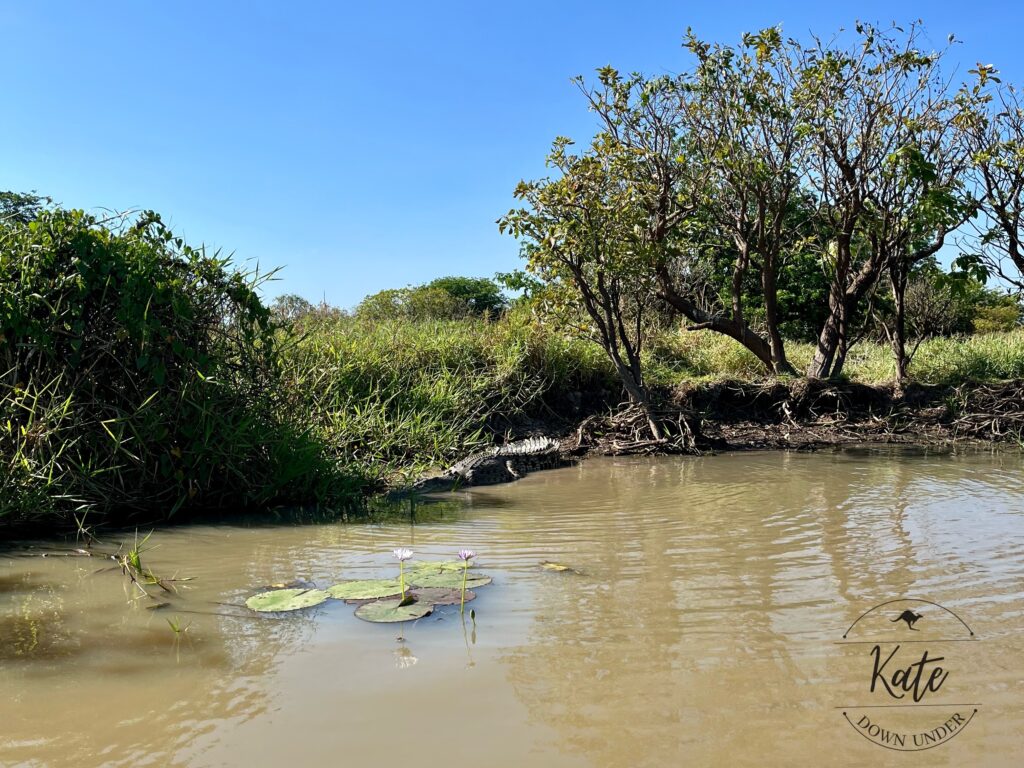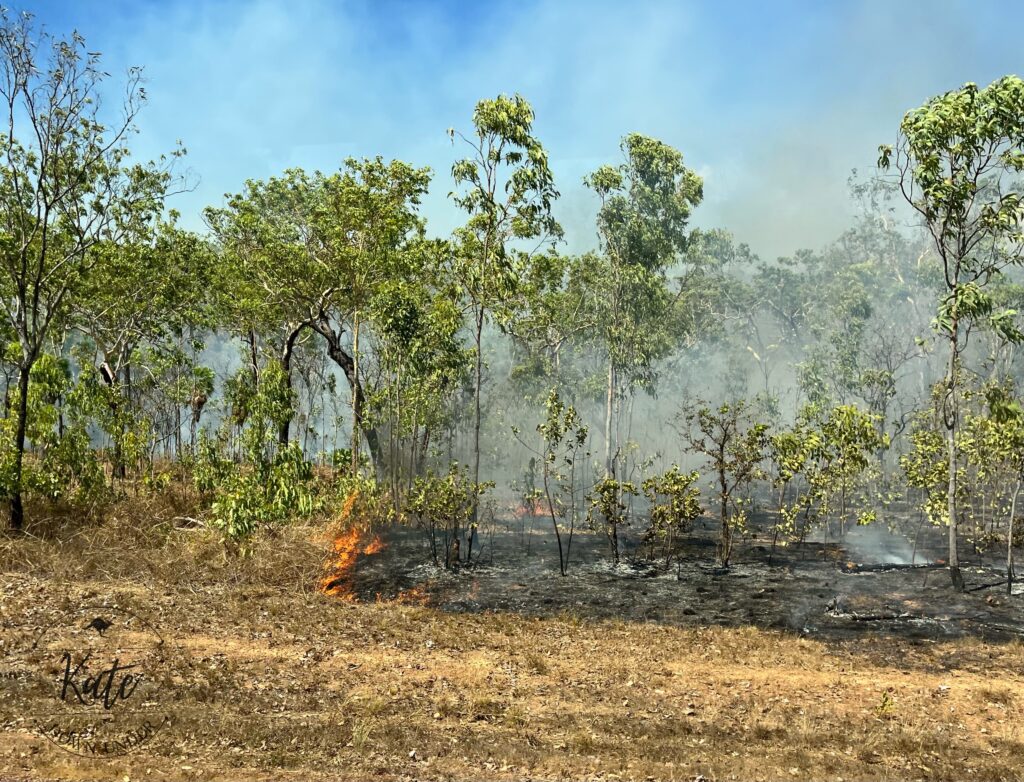As promised, here is my recap from the first day of my Top End tour. I got to spend the first week of the break between terms 3 and 4 unplugged and seeing the highlights of Australia’s Top End in the Northern Territory. I’m going to try to keep it concise, but my tour was jam packed. So, grab a coffee and keep reading for a peek at the AMAZING time I had! Let me start off – Australia’s natural beauty is surpassing my every expectation.
**Disclaimer – I took notes as we were learning over the tour, but may have misheard so please don’t reference my blog if you are a student doing a research project!!

We started our time together with a small briefing, including our trip motto, as the ABCs:
All for one, one for all: Look out for one another, collaborate (washing dishes, unloading/packing the bus, etc.)
Beat the heat: Plan for early mornings, drink lots of water, wear a hat, watch out for signs of heat exhaustion.
Croc safe: Don’t be bait! Keep all limbs inside the boat, don’t enter bodies of water without getting the okay from our guide, don’t feed the wildlife!
Corroboree Billabong
With that, we were off! Within the first half an hour, we saw mango farms and some agile wallabies! Our first stop was at Corroboree Billabong, where we got a guided tour of the wetland.
One of the plants that grows there is the Sacred Lotus. The blooms on those plants were massive – most were about 20 cm across.
On some of the plants we saw “Jesus birds”, or comb-crested jacanas. They had really long legs and large feet to distribute their mass so they are able to maneuver and forage on the lily pads. Our guide said that these birds have a peculiar mating pattern, where the males are left to care for the eggs and young, while the mothers will go find another male to fertilize her eggs and repeat the process.

Then we got into the good stuff – crocodiles! We saw both saltwater and freshwater crocodiles in the billabong, but not near each other as the salties tend to eat the freshies, and just be more aggressive in general. The lumps on their dorsal side are called osteoderms, and serve to help them thermoregulate. The spines on their tails are referred to as scoops. Apparently crocodiles’ blood has antibacterial properties, helping their survival in case they get in a kerfuffle. Female salties max out at 3.5m long, while males more or less grow indefinitely as long as there is food for them.
We saw some whistling kites, which are another native bird. The most interesting thing about them is that they love wildfires because they result in a smorgasbord of food available. The birds have figured out that if they pick up an ember from one fire and drop it in an unburned area, they can have even more food. Apparently firefighters aren’t the biggest fan of them.
Kakadu National Park
At close to 20,000 km2, is Kakadu, named for the Aboriginal peoples that live in the region. While finding more information about the etiologic origins of the park’s name, I learned that the NT is the 11th largest state/territory/province in the world, landing between the Northwest Territories and Quebec. Kakadu is a world heritage site, which I learned from another tour group member is a great resource to consult when visiting new places to find the best sites to visit.
I also learned that while Canadians use the term Indigenous peoples, the language here uses Indigenous to encompass both Aboriginal people and Torres Strait Islander people. I’m still learning, but found some helpful information here.
Also, Australians head to the polls on October 14 to vote on a referendum that would enshrine Aboriginal and Torres Strait Islander peoples’ right to a voice in parliament in the Australian Constitution. I picked up the book Everything You Need to Know about the Voice to read so I can be more informed.

In Kakadu, much of the ground had been burned earlier in the season, as is traditional practise by the Aboriginal people. This is to prevent out of control wildfires later in the dry season. There are traditional indicators used by the Aboriginal people to tell when it is time to start the burns. I believe our guide said it is the flowering of a certain plant. We drove past a number of controlled burns too, feeling the heat from the infrared rays through the windows of the bus.
Click the “2” below to go to the next page! It might take a while to load because there are a lot of photos.

This sounds and looks like an amazing trip!!
It was! You’ll have to come see for yourself 😛
Love hearing about everything you are seeing and doing, Kate. Great photos too!